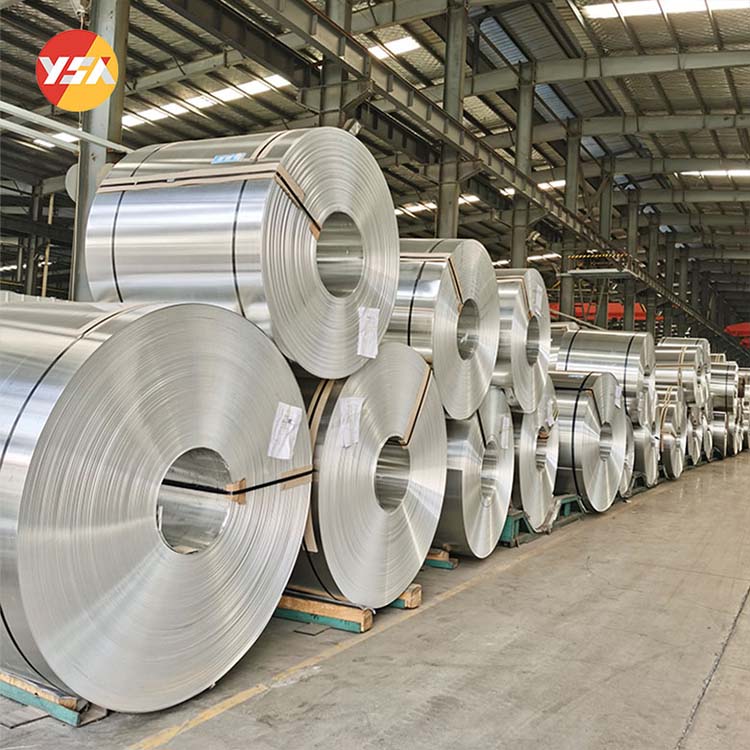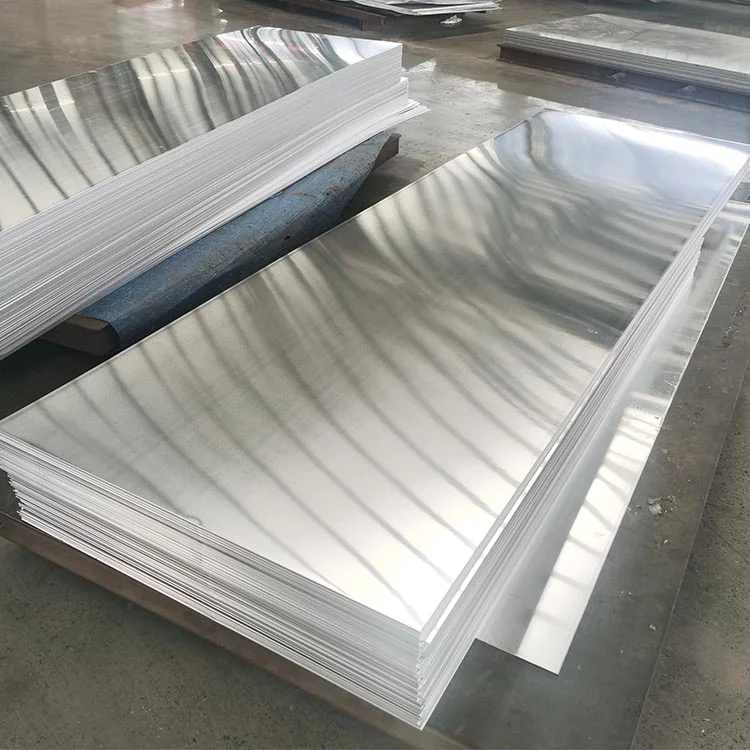[ad_1]
When it comes to choosing the right aluminum alloy for your project, two popular options are 3003 and 6061. Both alloys offer unique properties and advantages that make them suitable for various applications. In this article, we will compare 3003 aluminum vs 6061 to help you determine which alloy is right for your specific project.
3003 Aluminum:
3003 aluminum is a commercially pure aluminum alloy with good formability, weldability, and corrosion resistance. It is commonly used in sheet metal applications, such as roofing, siding, and food packaging. 3003 aluminum also has a high thermal conductivity, making it a popular choice for heat exchangers and automotive components.
One of the main advantages of 3003 aluminum is its excellent corrosion resistance. This alloy is highly resistant to atmospheric corrosion, making it ideal for outdoor applications where exposure to moisture and other elements is a concern. Additionally, 3003 aluminum is easy to work with and can be easily formed, welded, and machined.
6061 Aluminum:
6061 aluminum is a heat-treated aluminum alloy that offers high strength, good machinability, and excellent corrosion resistance. It is commonly used in structural and aerospace applications, as well as in the manufacturing of automotive parts, marine components, and bicycle frames. 6061 aluminum also has a high tensile strength and is highly resistant to fatigue, making it a popular choice for high-stress applications.
One of the main advantages of 6061 aluminum is its high strength-to-weight ratio. This alloy is significantly stronger than 3003 aluminum and can withstand heavy loads without compromising its structural integrity. Additionally, 6061 aluminum is easy to machine and weld, making it suitable for a wide range of manufacturing processes.
Comparison:
When comparing 3003 aluminum vs 6061, it is important to consider the specific requirements of your project. If you are looking for a lightweight, corrosion-resistant material for a roofing or food packaging application, 3003 aluminum may be the best choice. On the other hand, if you need a high-strength material for a structural or aerospace application, 6061 aluminum would be more suitable.
In terms of cost, 3003 aluminum is generally more affordable than 6061 aluminum. This makes it a cost-effective option for projects with budget constraints. However, if strength and durability are your top priorities, investing in 6061 aluminum may be worth the higher price tag.
Ultimately, the decision between 3003 aluminum and 6061 aluminum will depend on the specific requirements of your project. Consider factors such as strength, corrosion resistance, machinability, and cost when choosing the right alloy for your application. By carefully evaluating these factors, you can ensure that you select the best aluminum alloy for your project.
In conclusion, both 3003 aluminum and 6061 aluminum offer unique properties and advantages that make them suitable for a wide range of applications. Whether you need a lightweight, corrosion-resistant material or a high-strength, machinable alloy, there is an aluminum option that will meet your needs. Take the time to compare 3003 aluminum vs 6061 and choose the alloy that best fits your project requirements.
[ad_2]


